Chinas
Geography
Chinas
Geography
Globalization and the
Dynamics of Political, Economic,
and Social Change
Second Edition
Gregory Veeck, Clifton W. Pannell, Christopher J. Smith, and Youqin Huang
Rowman & Littlefield Publishers, Inc.
Lanham Boulder New York Toronto Plymouth, UK
Cartography by
Dr. Thomas R. Hodler, Professor Emeritus
Department of Geography
The University of Georgia
Published by Rowman & Littlefield Publishers, Inc.
A wholly owned subsidiary of The Rowman & Littlefield Publishing Group, Inc.
4501 Forbes Boulevard, Suite 200, Lanham, Maryland 20706
http://www.rowmanlittlefield.com
Estover Road, Plymouth PL6 7PY, United Kingdom
Copyright 2011 by Rowman & Littlefield Publishers, Inc.
All rights reserved . No part of this book may be reproduced in any form or by any electronic or
mechanical means, including information storage and retrieval systems, without written permission
from the publisher, except by a reviewer who may quote passages in a review.
British Library Cataloguing in Publication Information Available
Library of Congress Cataloging-in-Publication Data
Chinas geography : globalization and the dynamics of political, economic, and social change /
Gregory Veeck... [et al.]. 2nd ed.
p. cm.
Includes bibliographical references and index.
ISBN 978-0-7425-6782-5 (cloth : alk. paper) ISBN 978-0-7425-6783-2 (pbk. : alk. paper)
ISBN 978-0-7425-6784-9 (electronic)
1. China. I. Veeck, Gregory, 1956 II. Title.
DS706.C51138 2011
915.1dc22
2011002802
 The paper used in this publication meets the minimum requirements of American
The paper used in this publication meets the minimum requirements of American
National Standard for Information SciencesPermanence of Paper for Printed Library
Materials, ANSI/NISO Z39.48-1992.
Printed in the United States of America
Acknowledgments
Acknowledgments tend to be either very short or very long. Those who know me should hardly be surprised that I have opted for the latter. There are many people who have my respect and gratitude for help with this book and the career on which it is partly based, and it is a pleasure to note these kindnesses. The book is the product of true collaboration among four scholars with markedly different areas of expertise and perspective. But we are joined through our enduring respect for Chinas great history, culture, and peoples as well as through our shared belief in the importance of presenting the complexities of China as clearly as we possibly can at this particular time. Working collectively on a manuscript of this length is never easy, and I will always be grateful for my collaborators willingness to meet deadlines and share their opinions and data. It has been a privilege to work with all my coauthors, but especially my friend and mentor Clifton W. Pannell.
Many people have reviewed the manuscript during its longish journey. From an early discussion at the Billy Goat in Chicago, Susan McEachern of Rowman & Littlefield has displayed patience and enthusiastic support for the initial project and, surprisingly, this second edition. Many others at Rowman & Littlefield have helped and guided us through both editions, including Carrie Broadwell-Tkach, Sarah Wood, Jessica Gribble, Alden Perkins, Bruce Owens, John Shanabrook, and David Luljak. I know they go home at night and wonder how we get fed and dressed each day. We gratefully recognize the important contributions of several anonymous reviewers and our series editors Alexander Murphy and David Keeling. Thomas Hodler (University of Georgia Geography Emeritus) took over the cartographic duties in the second edition, and we are all grateful for his careful and creative work. Mary Lee Eggarts cartographic and artistic work is still very much alive in the second edition as well. The librarians at Western Michigan University were always able to find what I needed in a timely manner, no matter how obscure, and this holds true for the librarians at the University of Georgia and the State University of New York, Albany, as well. I also recognize the many hundreds of undergraduate students who have participated in our class discussions and who often raise the most challenging questions while exhibiting the least tolerance for artifice. The great group of scholars, who participate in the China Specialty Group of the Association of American Geographers, now more than 240 strong, has annually provided stimulating lectures and articles related to where China has been, where the nation is going, and what has happened along the way. Many were kind enough to make suggestions for the second edition, and we hope we have satisfied at least most of these concerns. Thanks especially to John Shaw and Jerry Volatile.
One measure of globalization is the ever-increasing ease of communication and collaboration between Western scholars and those living and working in China. Simply put, this book could not have been written without the help of our Chinese friends and colleagues in universities, research institutes, nongovernmental institutions, and government agencies. In my own case, researchers and students at the Rural Development Institute of the Chinese Academy of Social Sciences, Nanjing Agricultural University, Nanjing Institute of Geography, Nanjing Forestry University, Lanzhou University, Northeast Agricultural University, Qingdao Academy of Social Sciences, and Jilin University have all been important in my education. My coauthors would add another dozen or so institutions that have been equally important to them. Further, Chinese friends far from the academy whom I so admire and respect have also played a rolesharing their opinions and concerns about contemporary issues and problems. I am not the most traveled of people, but never have I felt as at home as when I am in China, largely because of the gracious way my friends in China give of their time and talents and their enthusiasm for an adventure no matter how large or small.
None of the research projects that provide the foundation for this book would have been possible without funding from agencies such as the National Science Foundation, National Geographic, Fulbright-Hays, the Fulbright Program, and the American Council of Learned Societies, including the Committee on Scholarly Communication with the Peoples Republic of China. The Lucia Harrison Fund and the Milton E. and Ruth M. Scherer Fund of the Department of Geography of Western Michigan University have also proven several times to provide critical support for my own work. We are grateful for all of our funding sources, and I wish to underscore the importance of such funding at the present time. Never was there more a time to understand China than the present.
I wish especially to thank my wife, Annie, and my children, Sarah and Robin. Daily, I count my blessings for my family, including the pleasure and memories of our many trips to China for more than a quarter century, as well as their steady love and friendship. Fred and Kay Krehbiels infectious enthusiasm for travel started us down this road lo these many years ago, and I will always remember this early support when support was much more difficult to locate. And, finally, everyone should know of my gratitude and admiration for my parents, Mary-Frances and Bill Veeck, and all their fine children. This second edition is dedicated to the memory of my wonderful sister, Juliana, who taught me pretty much all I need to know about living. Julie, I miss you.
Gregory Veeck
This book had its origins and evolution over a long period, and I wish to thank Greg Veeck for his enduring commitment and patience and for pushing to advance this work to its conclusion. Colleagues and students in Hong Kong special administrative region, mainland China, the United States, Canada, and Europe have offered much wisdom and knowledge, which have contributed to my work and for which I am most grateful. Any errors of fact or interpretation are mine. Thanks to my wife, Sylvia, for sharing in this writing, work, and travel; she has been a great and most supportive partner in our China adventure. My sonsAlex, Rich, Charles, and Tomand their families have participated in my passion for things Chinese and Asian, and I greatly appreciate their enthusiasm and interest in visiting China and Asia.

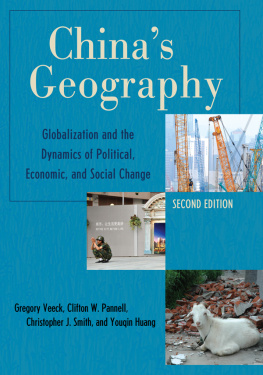

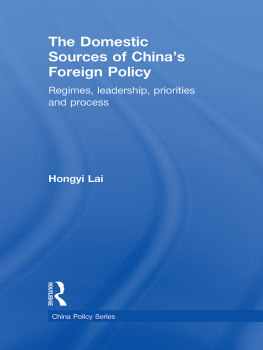
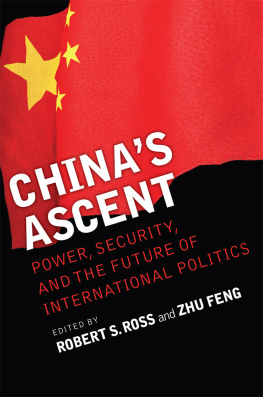

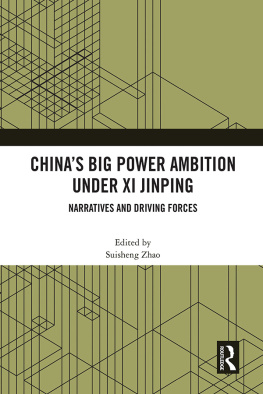

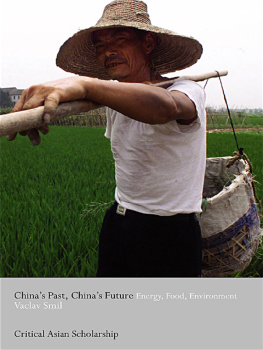
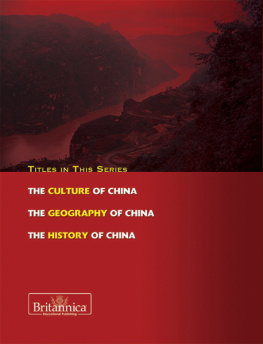
 The paper used in this publication meets the minimum requirements of American
The paper used in this publication meets the minimum requirements of American